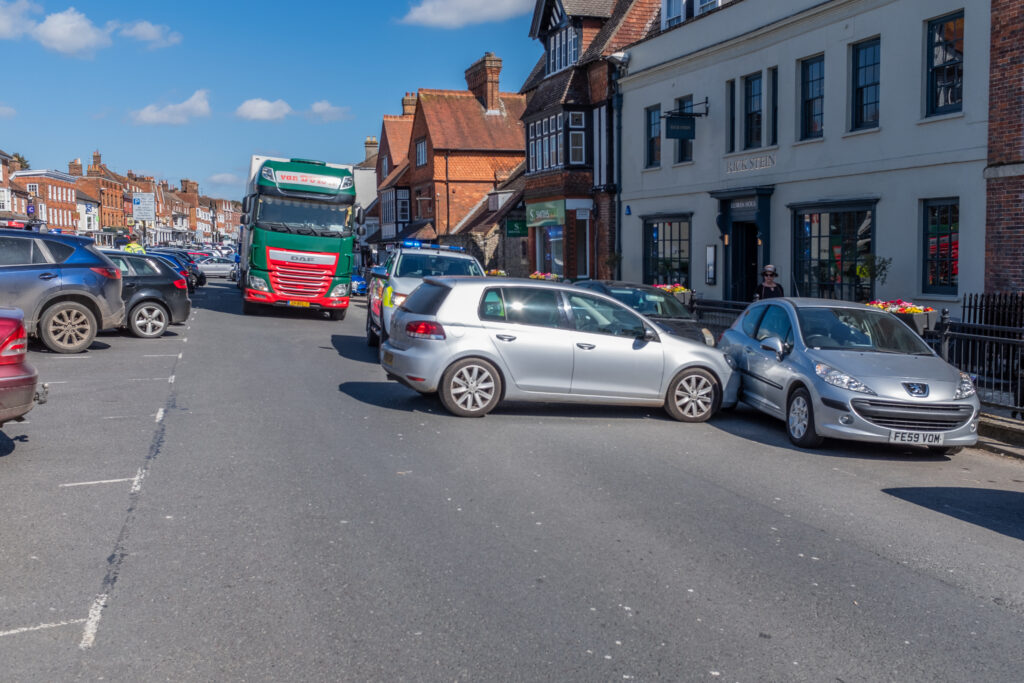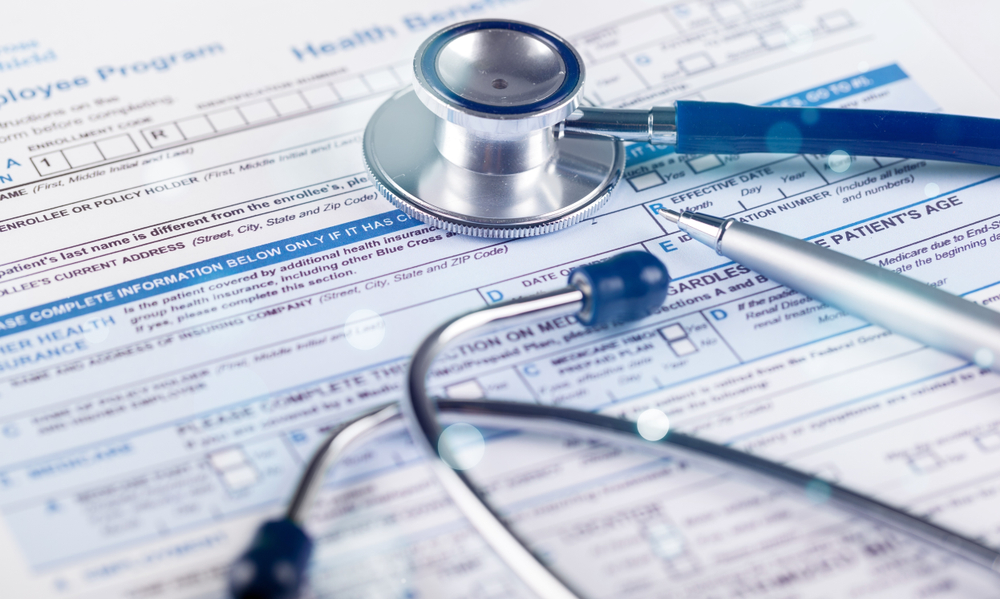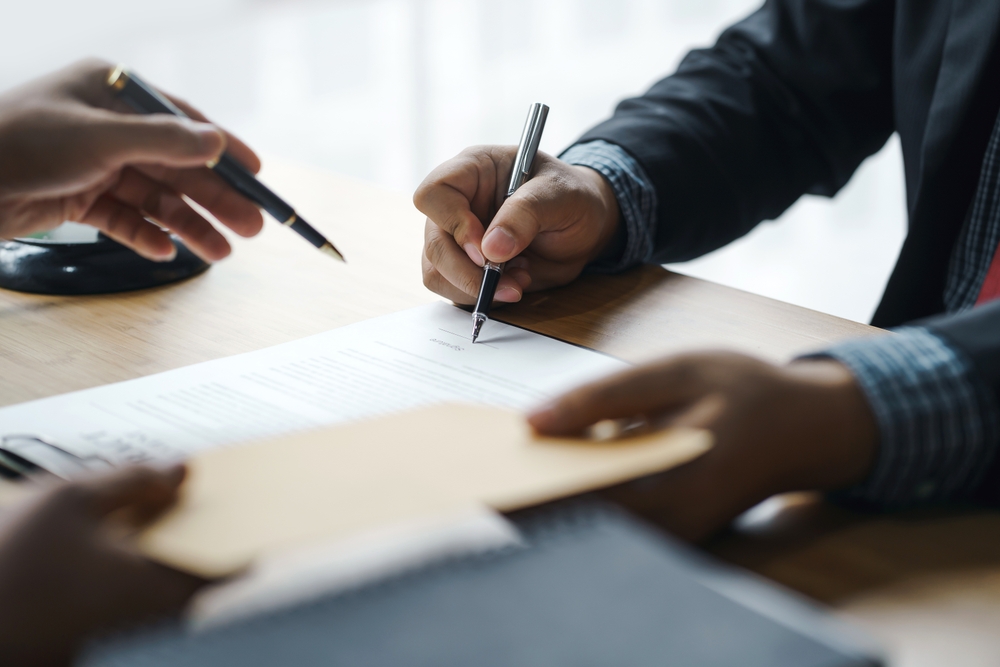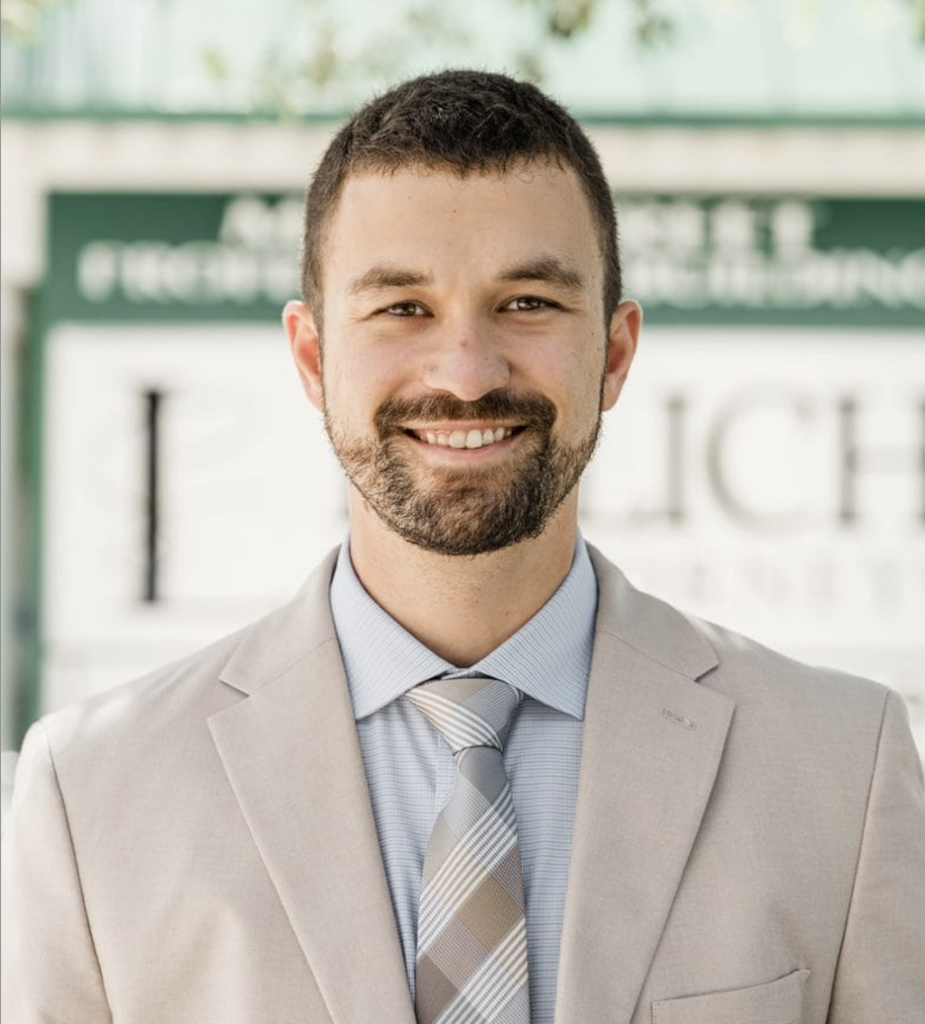T-bone accidents, commonly known as side-impact or broadside collisions, are among the most dangerous vehicular crashes. This type of accident occurs when the front of one vehicle strikes the side of another, forming a T shape.
But a pressing question often arises after such a traumatic event is: who is at fault? The answer often requires the skill and knowledge of a Sebastian car accident lawyer to answer.
Schedule A Consultation Today!
The Dynamics of a T-bone Accident

To understand who might be at fault, we must dive into the dynamics of a T-bone accident. Typically, these accidents happen at intersections when one driver fails to yield the right of way.
For example, if a car travels straight through an intersection and another vehicle makes a left turn in front of it without yielding, the vehicle traveling straight may crash into the side of the turning vehicle. In such a case, the turning driver will likely be at fault for not yielding.
However, determining fault isn't always easy. Different scenarios and factors can come into play.
Traffic Lights and Stop Signs
Imagine driving down a familiar street when suddenly, without warning, another vehicle slams into the side of your car. One of the most common reasons behind T-bone accidents is the violation of traffic signals. When a driver blatantly disregards a red light or rolls through a stop sign, they not only break the law but endanger others on the road.
In such cases, fault predominantly lies with the person who ignored these safety rules. Traffic signals are in place for a reason: to ensure the smooth and safe flow of traffic. Disregarding them often leads to dangerous consequences.
Malfunctioning Traffic Lights
However, what happens when the traffic signals, designed to guide and protect, become a part of the problem?
There are instances when traffic lights can malfunction, sometimes providing a green signal to drivers coming from both directions simultaneously. This can lead to misunderstandings on the road and result in a violent T-bone collision.
In such circumstances, the government or municipality responsible for maintaining the traffic signals might be liable. Government entities have a duty to ensure that road infrastructure, including traffic lights, is in proper working condition for the safety of all road users.
If negligence in maintenance, timely repair, or inspection led to the malfunction, the responsible governmental body can be accountable for the resulting damages.
Distracted Driving
In today's digitally connected world, distractions are everywhere. From the ping of a new text message to the quick glance at a navigation system, modern drivers face a long list of distractions. A momentary lapse in concentration can be all it takes for a driver to miss a stop sign or fail to notice the changing of a traffic light.
The increasing prevalence of smartphone usage, in particular, has made distracted driving a rising concern on roads worldwide.
In cases where a T-bone accident occurs due to one driver's inattention, a car accident lawyer can dive into phone records, in-car technologies, and other potential sources to determine if distraction was a decisive factor in the incident.
Impaired Driving
It's a tale as old as the automobile itself: the dangers of driving under the influence. Whether it's alcohol, drugs, or prescription medication, driving while impaired is a recipe for disaster. Such substances can significantly hamper a driver's judgment, reaction time, and overall awareness—leading to deadly consequences.
An intoxicated driver may misjudge the distance between vehicles, overlook a red light, or be unable to respond to a changing traffic pattern. When T-bone accidents result from impaired driving, it's often clear-cut where the fault lies.
Still, victims must speak to a lawyer, who can gather evidence like police reports or toxicology results, to solidify their claims.
The Importance of Medical Documentation After a T-bone Accident

The aftermath of a T-bone accident can be a whirlwind of emotions, questions, and decisions. Amidst the shock, pain, and confusion, one aspect often gets overshadowed: the urgent need for medical attention. This isn't just about addressing immediate injuries but also about protecting your future well-being and legal interests.
Imagine you've just been in a T-bone collision. The adrenaline coursing through your body might mask the pain or discomfort from injuries, leading many to believe they're unharmed. However, the human body is complex, and not all injuries present themselves immediately.
Take whiplash, for example. This injury, common in side-impact accidents, results from the rapid back-and-forth movement of the neck. Its symptoms, which can range from pain and stiffness to dizziness and blurred vision, might not manifest until days or even weeks after the accident.
Similarly, the force exerted during a T-bone accident can cause internal bleeding, organ damage, or other potentially life-threatening conditions that might not be evident right away. Left unchecked, these can lead to serious complications or long-term health issues.
Seeking prompt medical attention does more than just diagnose and treat these hidden injuries. It provides a tangible record of your physical state after the accident.
When it's time to negotiate with insurance companies or take legal action, this medical documentation becomes the backbone of your claim. Without it, insurance adjusters might argue that your injuries were not a direct result of the accident or that they aren't as severe as you claim.
A comprehensive medical record counters these arguments, offering objective proof of the accident's impact on your health.
Damages Available
In the aftermath of a T-bone accident, victims often deal with physical injuries, emotional trauma, and financial strain. The legal system recognizes these impacts and allows victims to pursue compensation to mitigate the adverse effects of the accident.
Medical Expenses
Arguably, the most immediate concern for many victims is the cost of medical care. This includes emergency room visits, surgeries, hospital stays, and ongoing treatments.
But it's not just about the immediate aftermath. Some injuries can have long-term or even permanent implications, requiring physical therapy, rehabilitation, or lifelong care. The cost of medications, assistive devices, and any future medical procedures can also be factored into the compensation.
Lost Wages
The physical and emotional toll of an accident often means time off work. For some, this can be a few days or weeks, while others might not return to their jobs for extended periods or even permanently.
Victims can seek compensation for the income lost during this period of recovery. Additionally, if the injury impacts your ability to earn in the future, you may be eligible for compensation for diminished earning capacity.
Property Damage
T-bone accidents can cause significant damage to vehicles. Compensation can cover repairs or, in cases where the car is totaled, the vehicle's current market value before the accident.
Pain and Suffering
Beyond the tangible losses, victims often undergo significant emotional and physical distress. The pain from injuries, the emotional turmoil of the experience, and the lasting psychological impact, such as post-traumatic stress or anxiety, are considered non-economic damages.
Quantifying pain and suffering requires the eye of an experienced car accident lawyer.
Loss of Enjoyment of Life
Some injuries can drastically alter your lifestyle, preventing you from participating in activities or hobbies you once enjoyed. The legal system recognizes this intangible loss, and you can receive compensation for the diminished quality or enjoyment of life.
Loss of Consortium
In severe cases where your injuries hurt your relationship with your spouse or family, you may recover compensation for the loss of companionship, affection, and other relational aspects.
Punitive Damages
While most damages aim to compensate the victim, punitive damages punish the at-fault party for particularly reckless or malicious behavior and deter such conduct.
The Role of a Car Accident Lawyer

Unraveling the details of a T-bone accident often requires a lawyer, especially when multiple parties are involved. Here's how a lawyer can help you.
Gathering Evidence
A car accident lawyer can acquire traffic camera footage, which might capture the accident from multiple angles, providing a clear perspective of events as they unfolded.
Additionally, in our ever-connected digital age, cell phone records can be a goldmine of information.
Was one of the drivers texting or calling someone at the exact moment of the crash? Your lawyer can find out. Also, eyewitness testimonies can offer unbiased third-party perspectives on the accident, further strengthening the case.
Expert Witnesses
Every accident is unique. There might be instances where the evidence at hand doesn't paint a clear picture or where technical knowledge is required to interpret the scene.
Enter traffic reconstruction experts. These professionals specialize in piecing together the moments leading up to, during, and after the accident.
With their in-depth understanding of vehicular dynamics and traffic scenarios, they can provide insights that the untrained eye might overlook. A car accident lawyer can collaborate with such expert witnesses, ensuring their insights and findings support the case.
Negotiating with Insurance Companies
Dealing with insurance companies post-accident can be a challenging ordeal. Their primary objective, more often than not, is to defend their bottom line, which means offering victims the smallest compensation possible. Armed with teams of lawyers and adjusters, they can be formidable opponents.
However, a seasoned car accident lawyer knows their tactics and can negotiate assertively on your behalf. Through careful presentation of evidence and leveraging legal know-how, they can recover the rightful amount you genuinely deserve.
Legal Representation
While many car accident cases find resolution outside the courtroom, some might escalate to a full-blown trial. In such scenarios, having a car accident lawyer is necessary. They become your voice, fighting for your rights and interests. From presenting evidence and cross-examining witnesses to making compelling arguments, they play a role in influencing the trial's outcome.
Their experience, dedication, and legal understanding can be the difference between justice served and justice denied.
Preparing for a Legal Consultation after a T-bone Accident
Taking the first step towards legal action after experiencing a T-bone accident can empower you.
The first meeting with a car accident lawyer is a foundational step to understanding the legal avenues available, potential compensations, and the intricacies of the legal process. To make the most of this interaction, it's best to be well-prepared.
Start by gathering all the relevant documentation related to the accident. This includes the police report, which offers a comprehensive account of the accident and often an initial assessment of fault. Medical records are also important, providing an account of the injuries sustained and their subsequent treatments.
Additionally, visual evidence, such as photos or videos from the accident scene, can offer context. This might include images of the damaged vehicles, the specific location of the incident, and any visible injuries. Also, share any communication or correspondence you've had with insurance companies with your attorney.
It's also beneficial to draft a personal account of the incident. Taking time to note down every detail, from the weather conditions and traffic signals to the behavior of the other driver, can help. These firsthand accounts, no matter how trivial some details might seem, can offer significant insights when your lawyer evaluates and builds your case.
Lastly, walk into the consultation with a list of questions in mind. This interaction is a two-way street. While your attorney gets a sense of your case, you must understand their approach and the legal process.

Questions can range from their experience with similar cases and their initial assessment of your situation to potential outcomes and their fee structure. Remember, if you have trouble accessing any of this evidence, a lawyer can help request it from the appropriate entity.
Consult a Car Accident Lawyer Today
Determining fault in a T-bone accident can be difficult and multifaceted. While some scenarios clearly indicate which party is in the wrong, others demand a thorough investigation.
By enlisting a dedicated car accident attorney, you ensure that someone will protect your rights and give you the best chance of securing the compensation you rightfully deserve.
